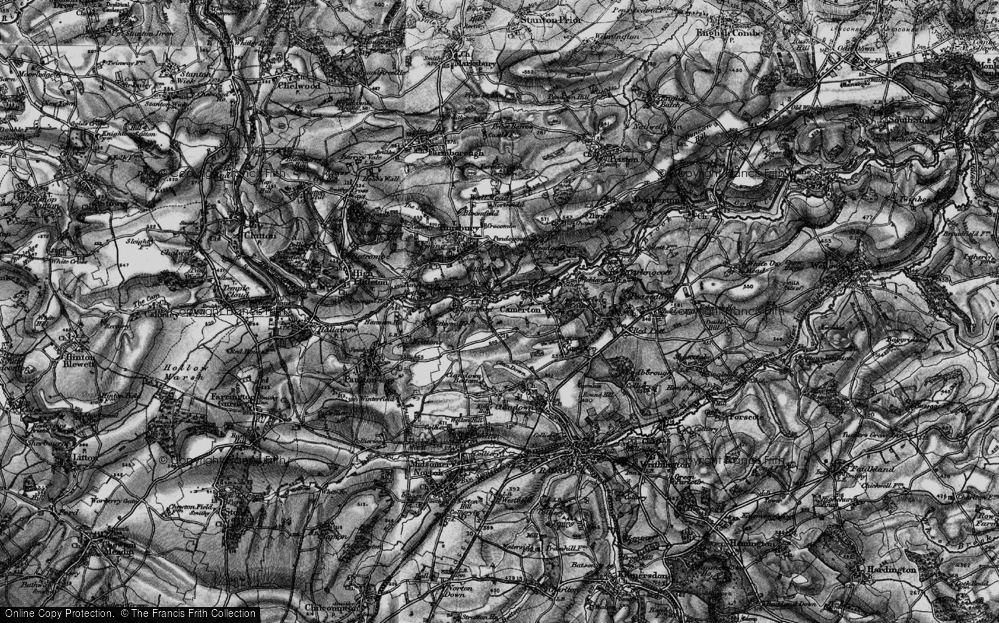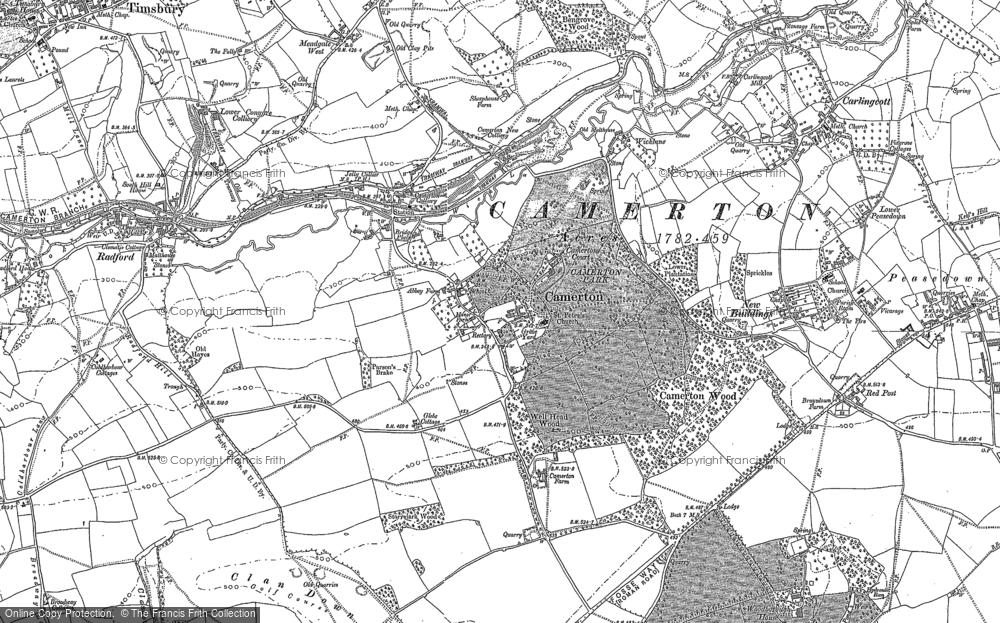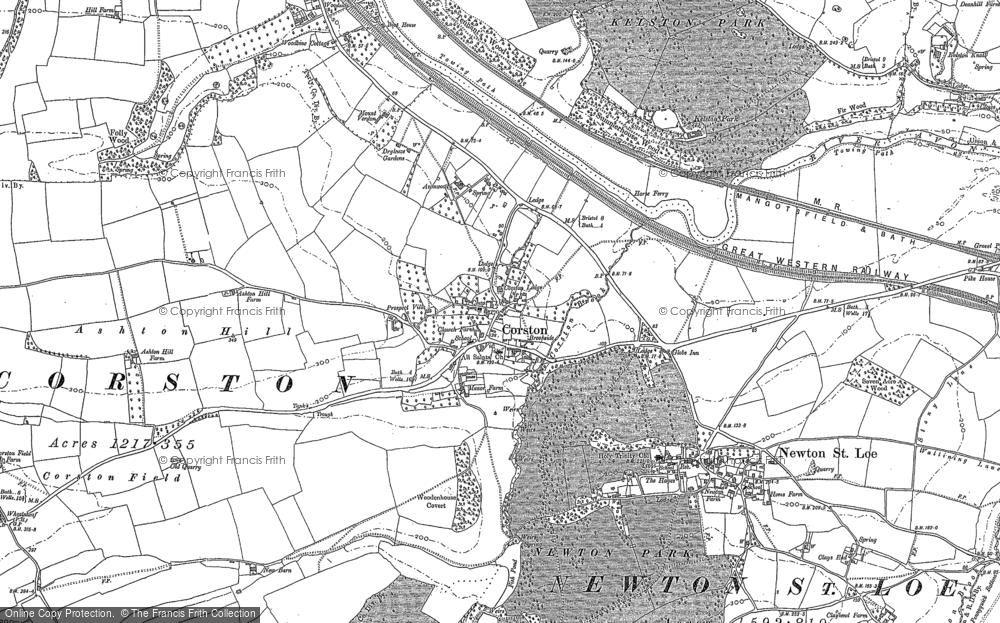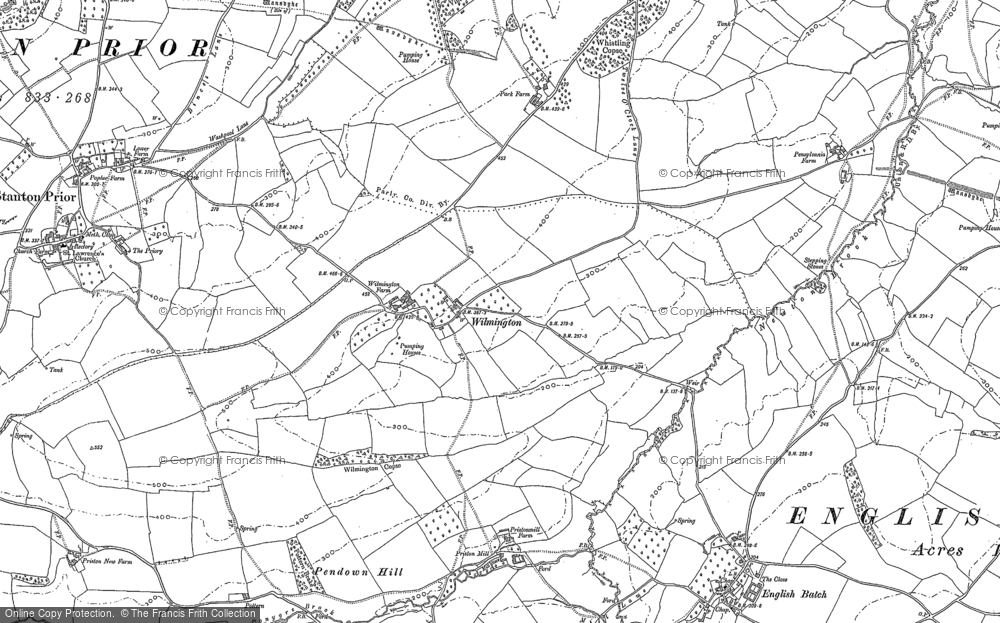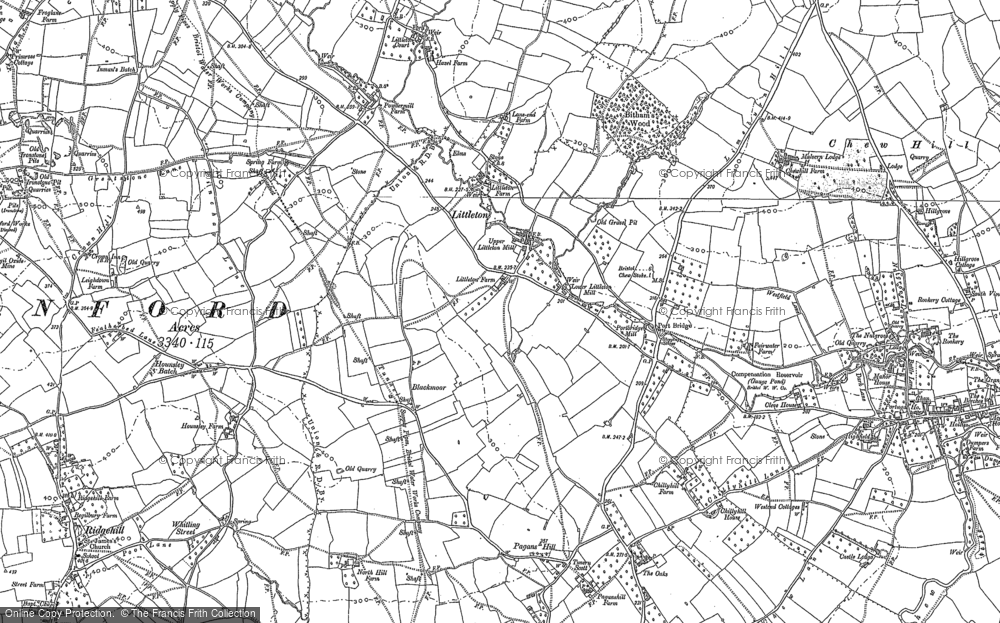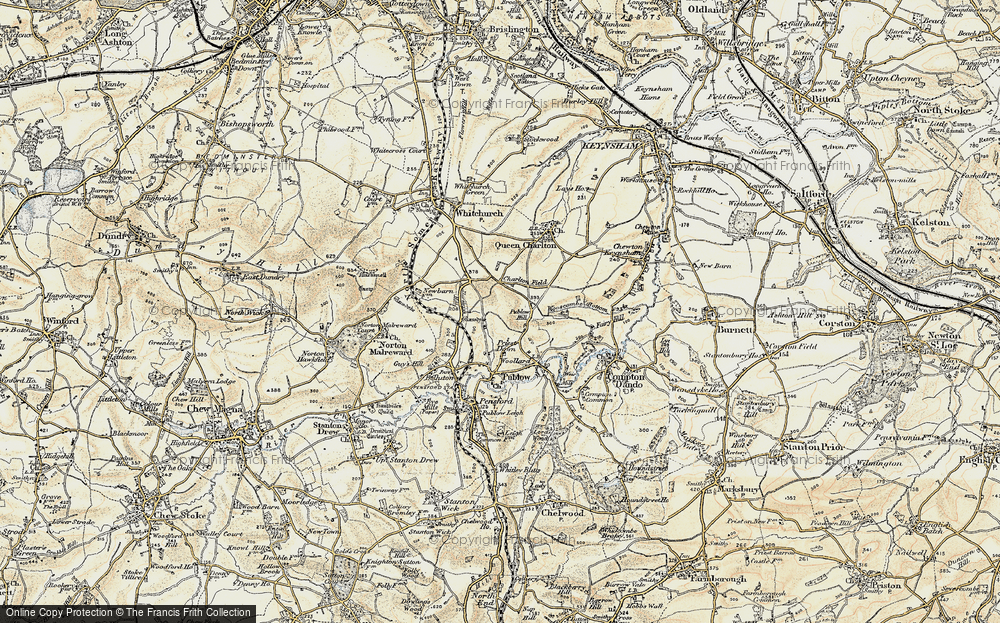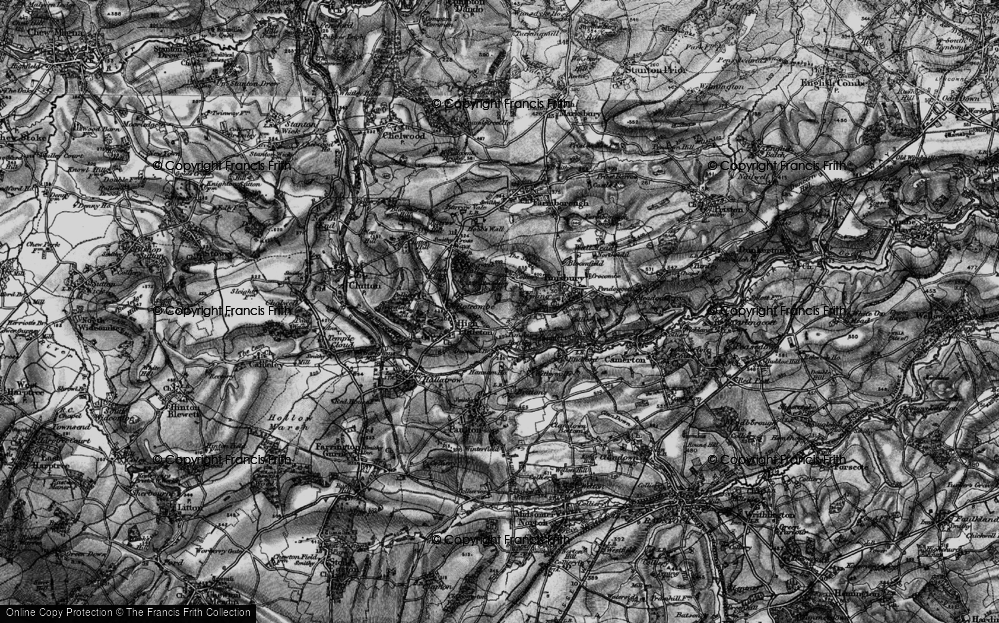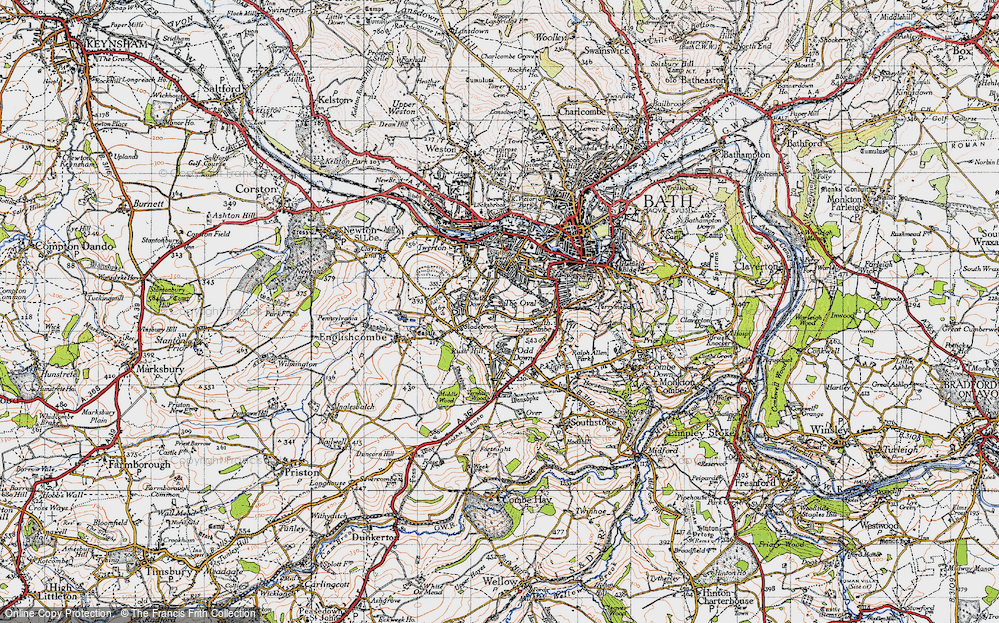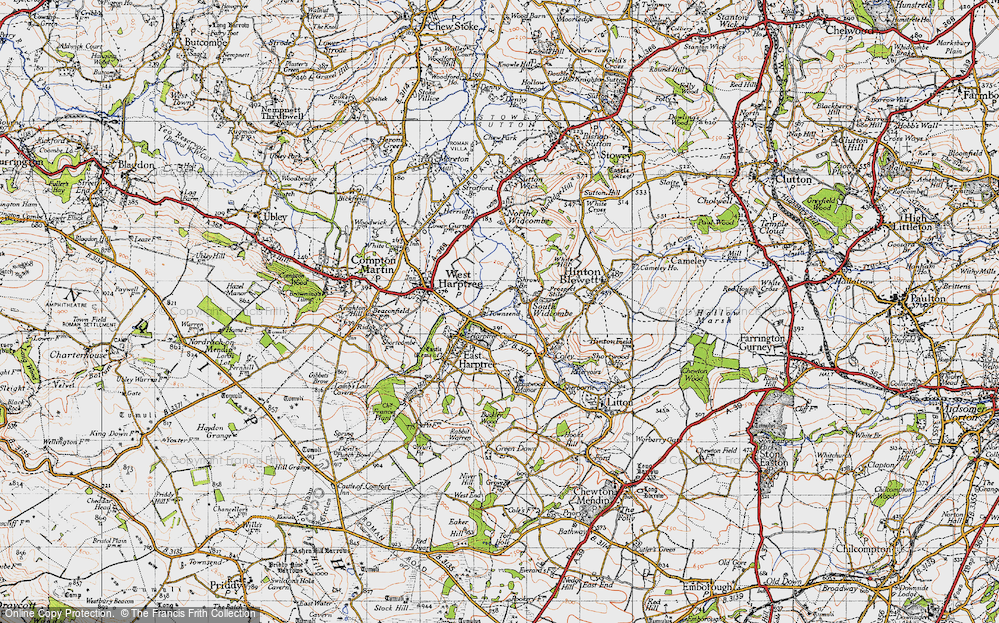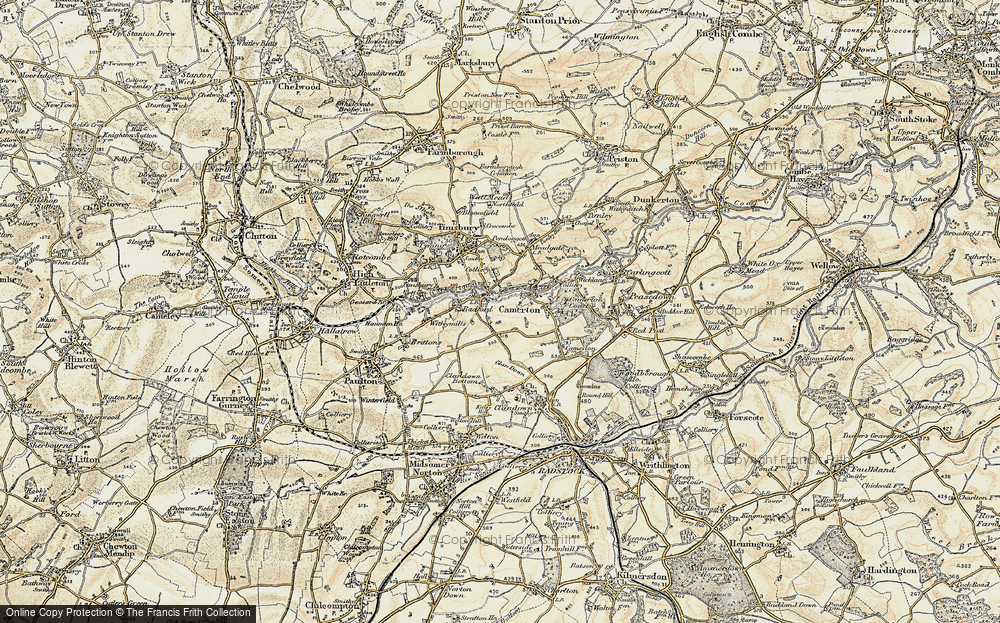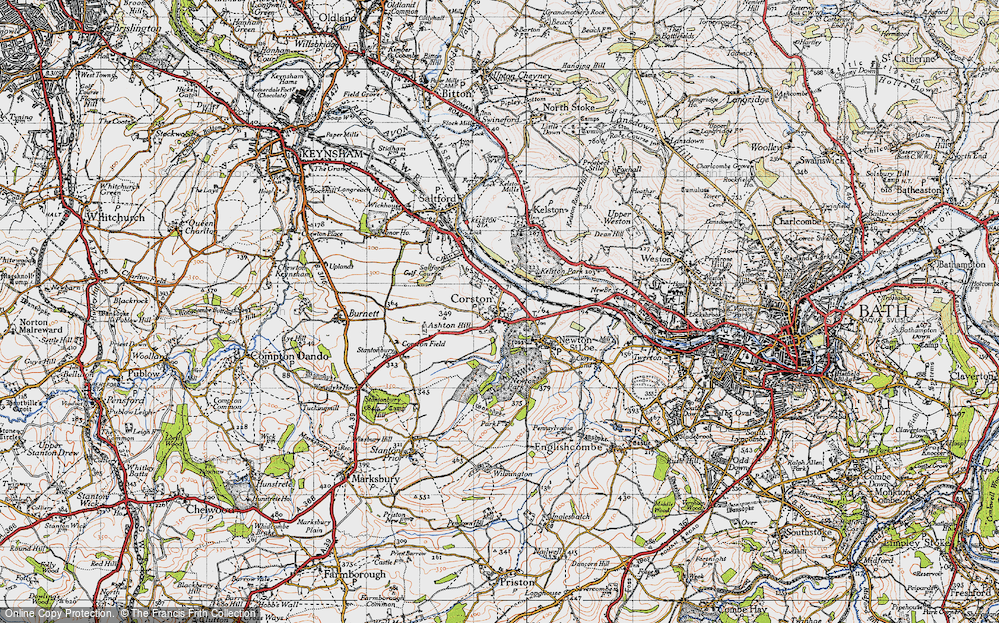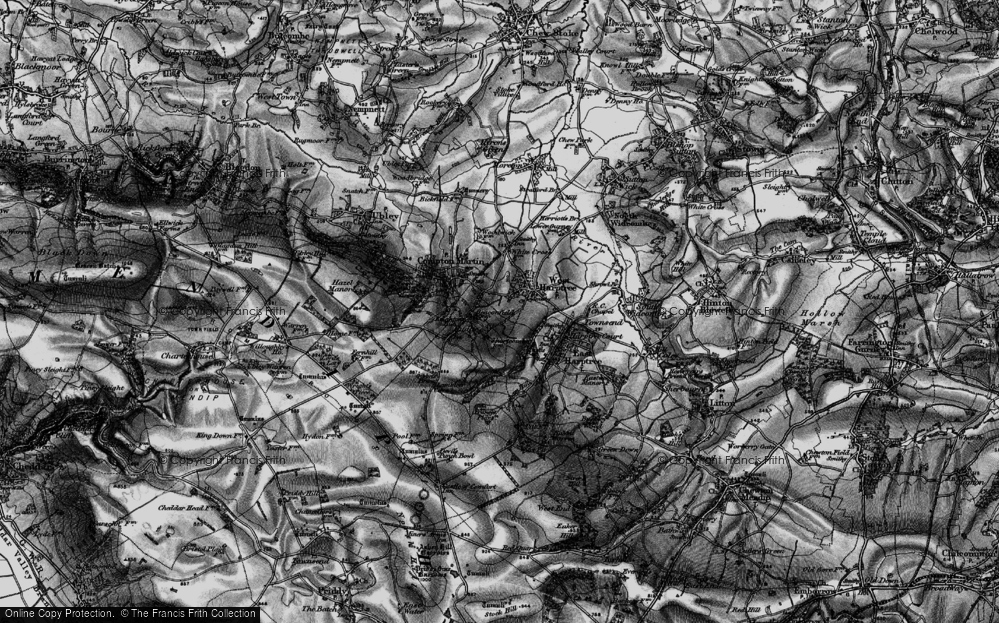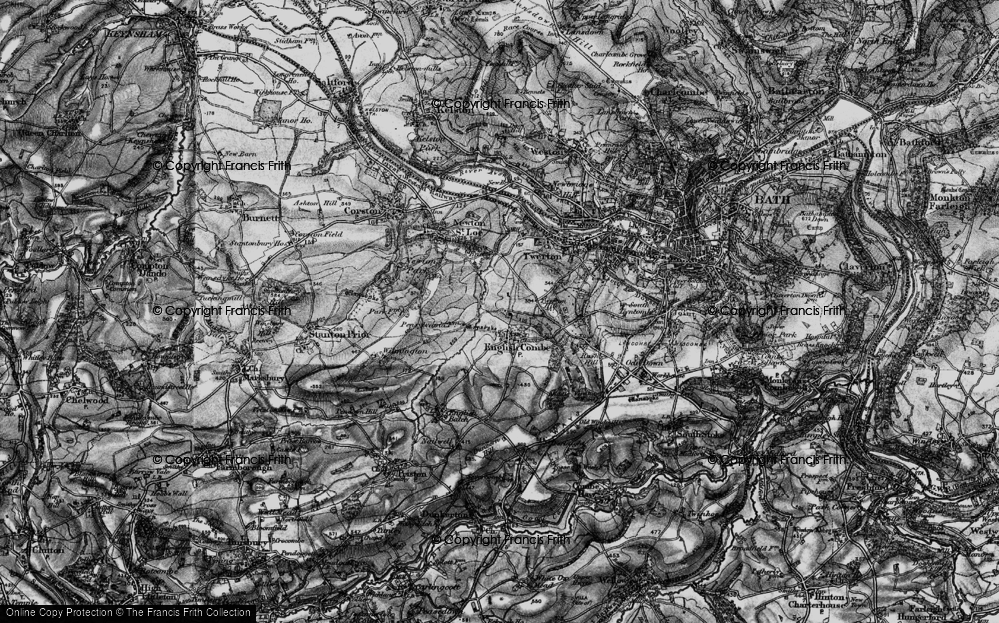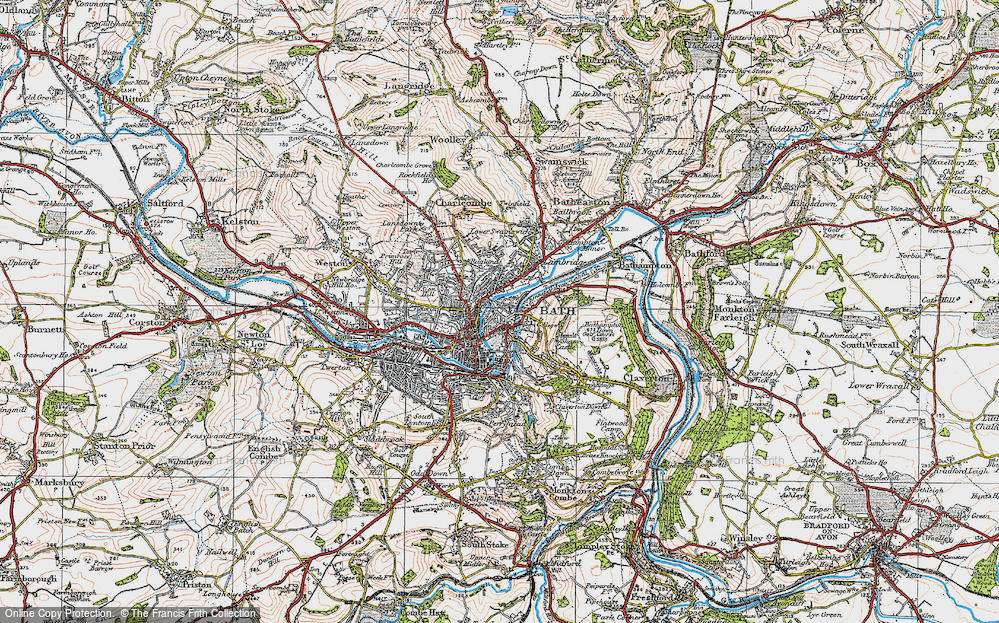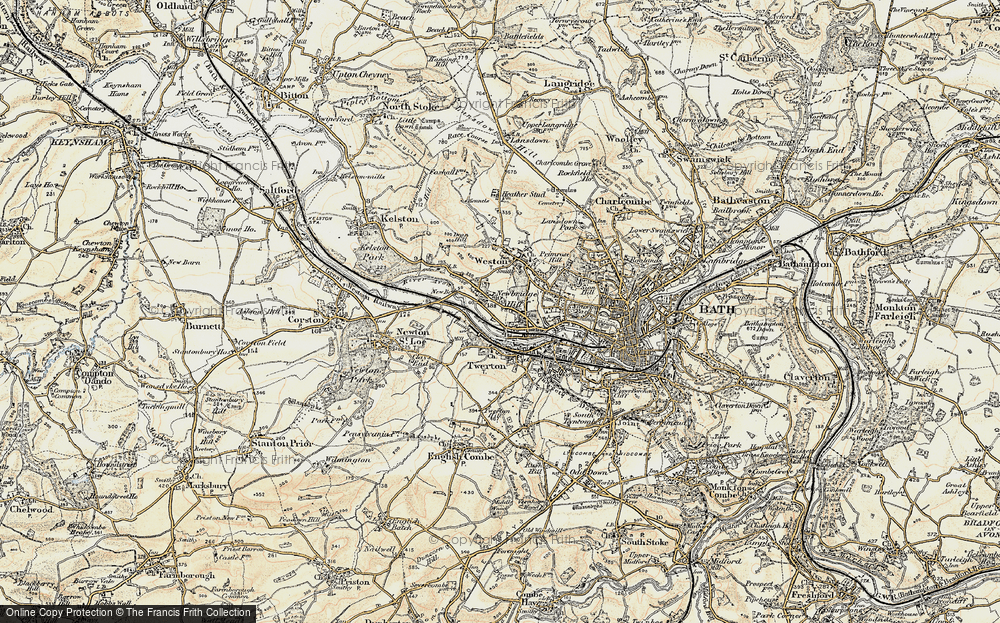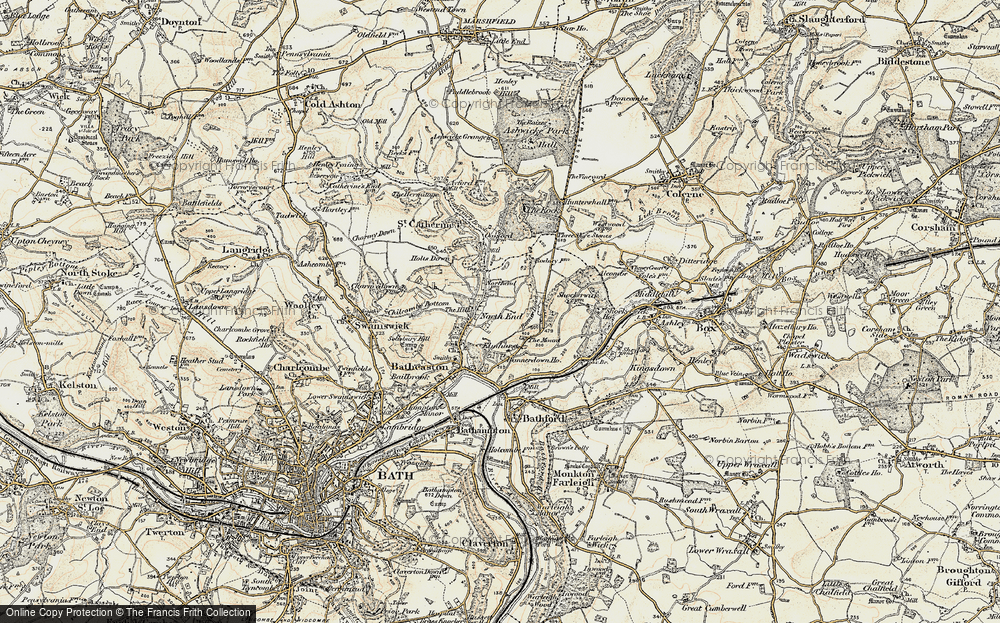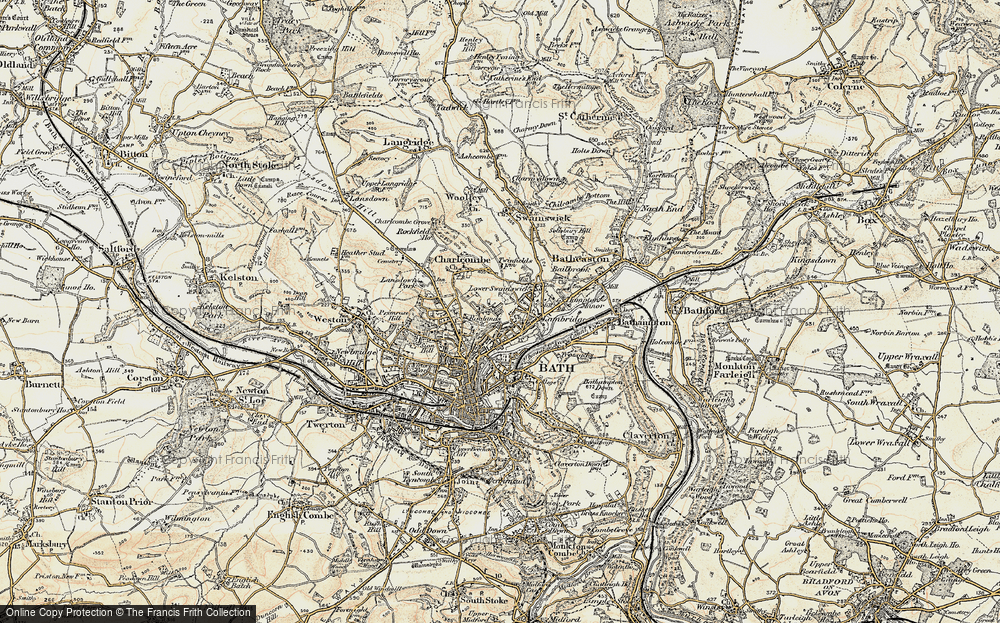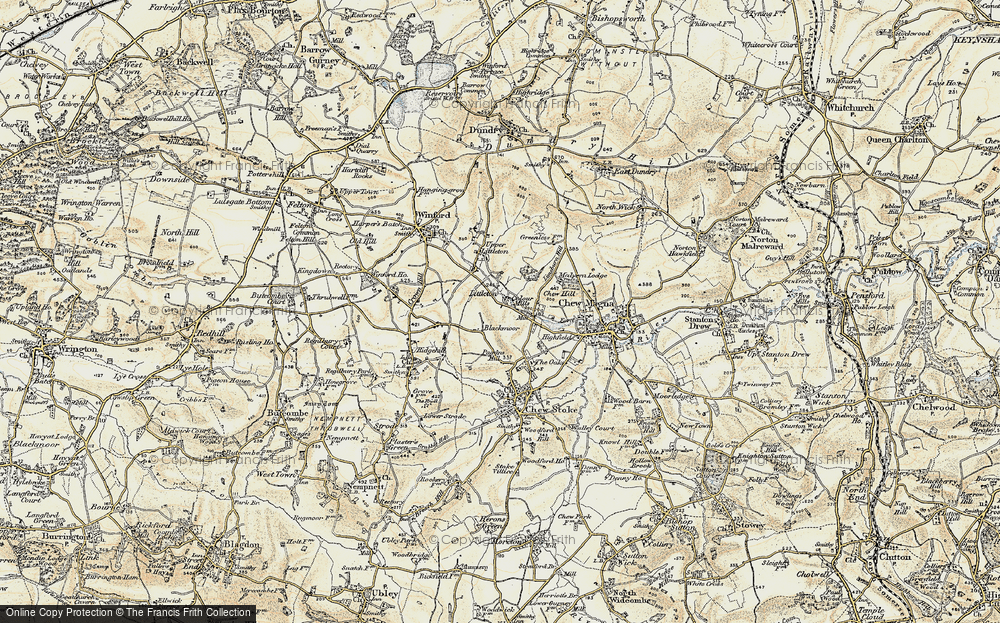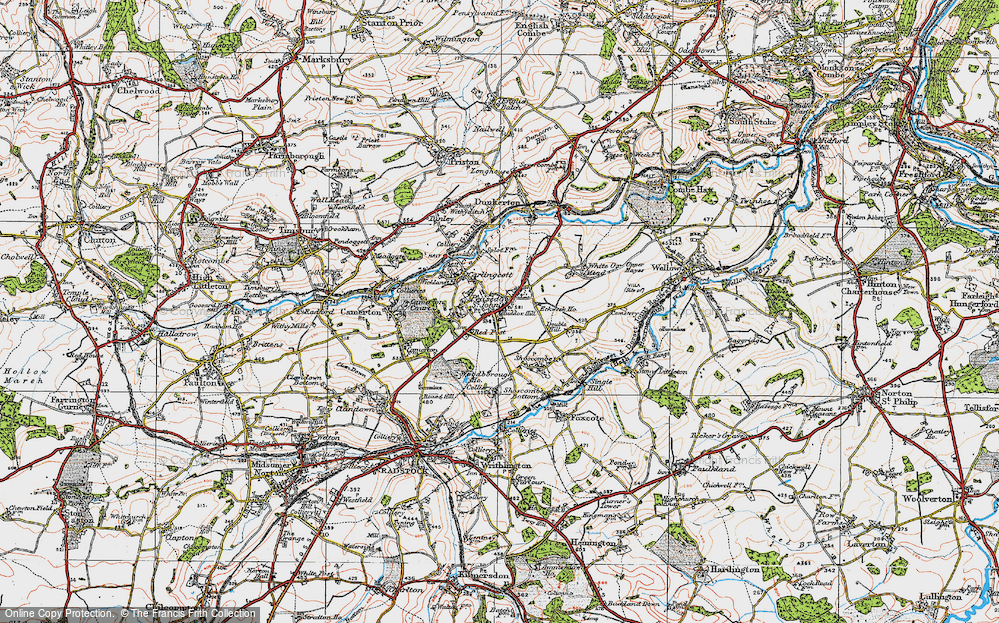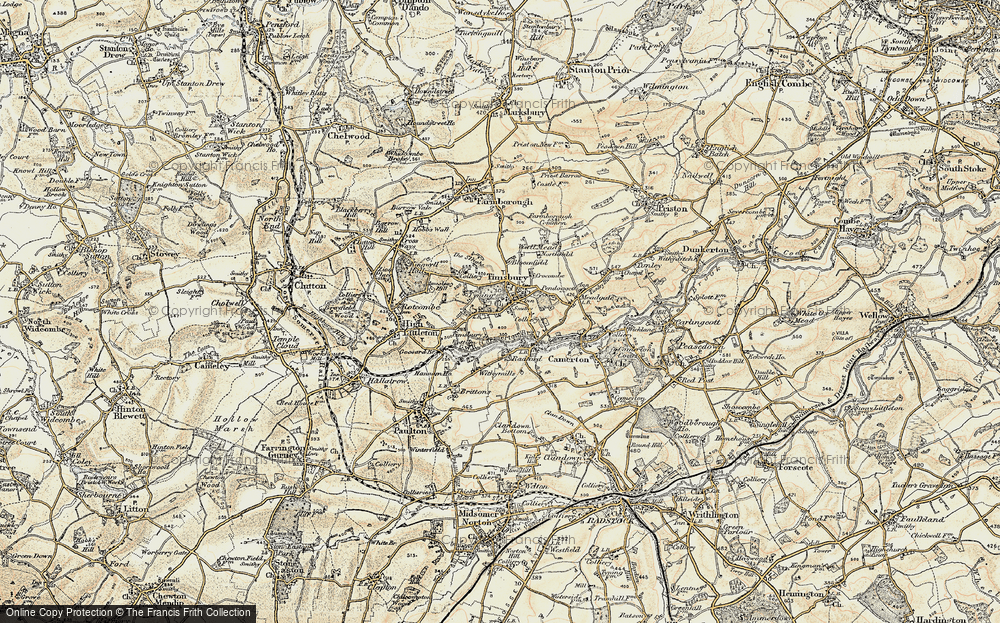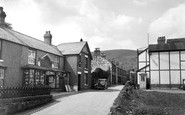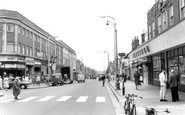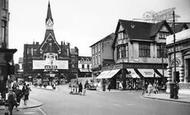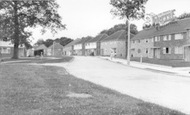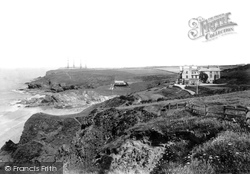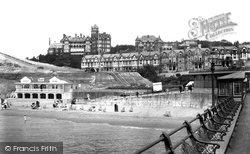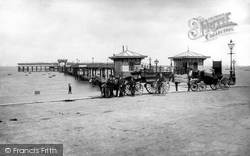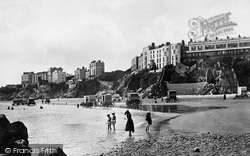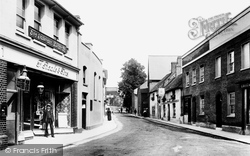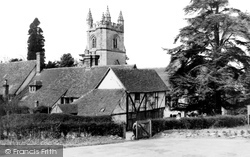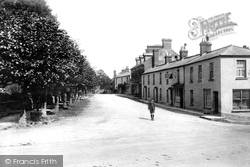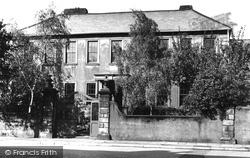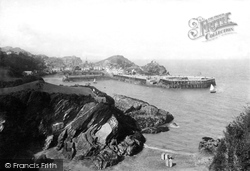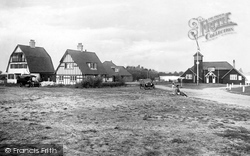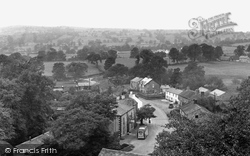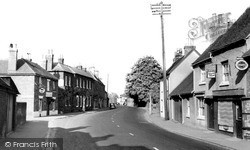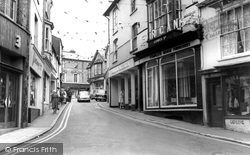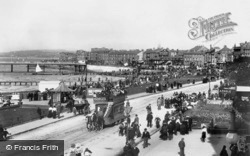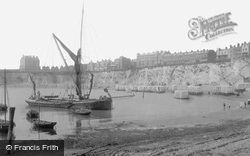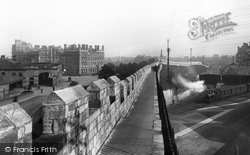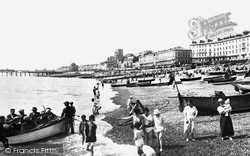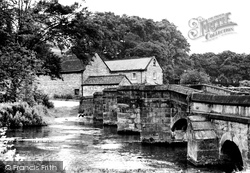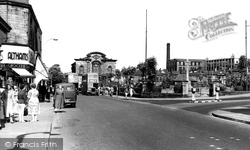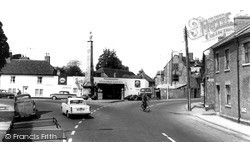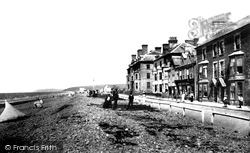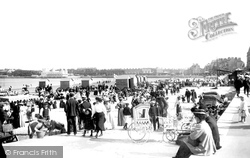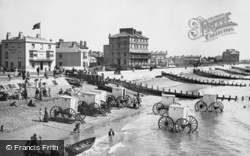Places
Sorry, no places were found that related to your search.
Photos
Sorry, no photos were found that related to your search.
Maps
1,353 maps found.
Books
3 books found. Showing results 745 to 3.
Memories
2,048 memories found. Showing results 311 to 320.
Castle Street 'picture House'
The white building on the right used to be the cinema, or as we knew it the 'Picture House'. My late grandfather George Alfred Williams, known as 'Alf' or 'Little Alf' was the projectionist there for many years - he ...Read more
A memory of Caergwrle by
Castle Street Baths
Photo shows roof of the baths in castle street and the car park opposite which is now shops heals went in there when it opened I lived in 18 castle street till they knocked it down about 1968/69 I remember the car park very ...Read more
A memory of Guildford by
Castleton Of Old
I moved to Melville Street, Castleton in 1956 at the age of 9. I went to Cassie council school, learnt to swim at Castleton baths taught by Ted Murphy, taken there from school by Pop Wright. Castleton was a nice place ...Read more
A memory of Castleton by
Catapault Elastic And More
I lived in Midhurst Hill, off Townley Road, a couple of years after this photo was taken, quite scarey to see how old fashioned it looks now. I used to buy my catapault elastic in Jennings. I went to Upton Road ...Read more
A memory of Bexleyheath by
Cavendish St
I lived there just opposite St Clements Church. Ordsall park at the bottom of the road. Went to Ordsall board school then secondary modern school. Remember the ice cream cart pulled by horse. Bonfire in Archie st. Going to the pics Boro. ...Read more
A memory of Salford by
Caversham Boy
I lived in Southview Avenue, schools were Hill Primary and Caversham Secondary Modern . I left in 1959 and went to Reading Art College (Kings Road) and then Reading Process Engraving Co. I attended St John's Church, St John's Road. ...Read more
A memory of Caversham in 1959
Central Youth Club Waller Street
Any one remember the Central Youth Club in Waller Street oposite the indoor Baths??Had some great times there and met my husband there 55 years ago. The Freddie Arnold Seven band on Saturday night we would make the ...Read more
A memory of Luton in 1955 by
Chairman Of Abram Bamfurlong And Bikershaw
My father Ernest Peter Houghton was chairman of the local council 3 times. He was Labour councillor for over 30 years and was well respected in the community. During one of his terms of ...Read more
A memory of Bamfurlong in 1949 by
Chanctonbury
Another great pic of Chanctonbury. I have a recollection of a road called wingletire or something like that (excuse spelling) would that be the road on the left of this picture, if so our old house could be in the picture, number 186. Mike
A memory of Burgess Hill by
Chapel Lane Milford
In 1944 a bomb dropped not too far from our home in East Barnet, Hertfordshire, so Mum and I went to stay with her Mum and Dad, Alice and Bill Tulett at 3 Chapel Lane, Milford (now No.10 I think) where Mum was born in 1907. ...Read more
A memory of Milford in 1944 by
Captions
1,059 captions found. Showing results 745 to 768.
Although this photograph was taken for the view of the hotel above the bathing beach, of special interest here is the group of four new radio masts out on Poldhu cliffs.
With the turret of the Chine Hotel, which served as a landmark for Channel shipping, prominent in the back- ground, the elegant row of Victorian houses along Undercliffe Road bears tribute to the enduring
Morecambe is much frequented by trippers from the busy towns of Lancashire and Yorkshire, for whose recreation are provided abundant entertainments of distinctly popular order.
Tenby stands on a tongue of limestone rock, ending a green promontory, which is crowned by the ruins of the old castle, and is now pleasantly laid out with walks which serve at once as pier and promenade
F Beale & Sons were builders until they were bought out in the 1960s. Their yard was in Adelaide Road, beside the swimming baths that they built in 1885.
This little cluster of 16th- and 17th-century gabled timbered cottages, along with the pub (not visible in the photograph), was acquired in its entirety by the National Trust in 1939.
The lad may be returning from the castle, which could be approached on this road at that time. The four houses on the right, built in 1817, are now private residences.
This handsome Georgian house was where the great poet was born in 1770. It was let free to the family by Sir James Lowther of Lowther Castle—the poet's father was his agent.
The bathing huts here were nearly the scene of a diplomatic incident in 1878. Alfred Price, son of the huts` owner, tried to stop a young man throwing stones at the huts, and a fight broke out.
The 65-acre Meare was the first stage of the development. All the bays and islands are named in J M Barry style. The Boat House was built in 1911, before the Meare was completed.
This excellent view from the church tower shows the whole village and its rural surroundings.
Much of Theale High Street remains unchanged, though it is unlikely that we would find this part of the village free of traffic today.
The High Street leads to Shooters Hill, which was once a very swampy area. The buildings are shaped here to follow the curve of the road. The first shop on the right is now a florist.
A Victorian guidebook, published in 1895, described Morecambe thus: 'Morecambe is much frequented by trippers from the busy towns of Lancashire and Yorkshire, for whose recreation are provided abundant
Rows of bathing machines along the shoreline and in front of the low white cliffs demonstrate the popularity, and prevailing prudery, of immersion in sea-water among the Victorian visitors.
The new station was built to replace the original station that had been completed in 1841. Construction took place between 1873 and 1877 on the site of a Roman cemetery.
Hastings has suffered very much in recent years, now that the boom holiday period of the 1920s to the late 1950s has ended. Many of the seafront houses are in serious decay.
North of Bakewell, an ancient packhorse bridge crosses the water. For centuries, lines of horses would lumber over this bridge weighed down with freight. Often, lead would be the main load.
This main road through the town used to be the Wakefield to Halifax road, originally built by the Romans. Business in the town was not only concentrated on blanket making.
This triangular Bath stone fountain stands at the junction of Silver Street, Vicarage Street and Church Street; it was erected in 1783.
This parade of large shops and houses are just round the corner from the station. The pebbly storm beach gives way to a vast fine sandy beach, covered in this photograph by a high tide.
It was the early use of bathing machines that made Weymouth such a popular resort for sea bathing.The larger machines ran down into the water on rails and consisted of a number of cubicles.
Bognor's growth from a tiny fishing village started in the 1780s, with Sir Richard Hotham's grand scheme inland (modestly named Hothamton) aimed at the nobility and gentry being followed by
In Queen Victoria's reign it was not 'proper' to enter the sea without a bathing machine.
Places (0)
Photos (0)
Memories (2048)
Books (3)
Maps (1353)


